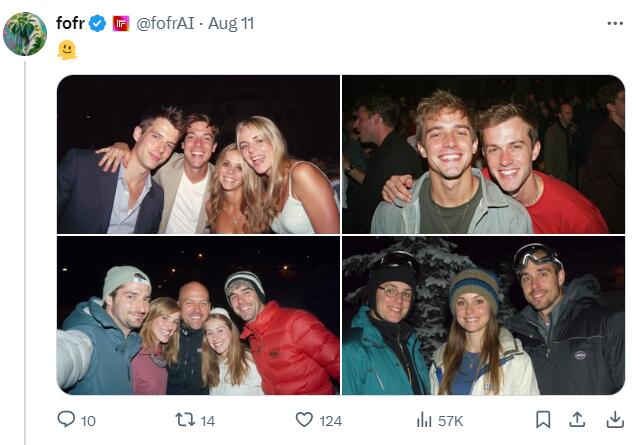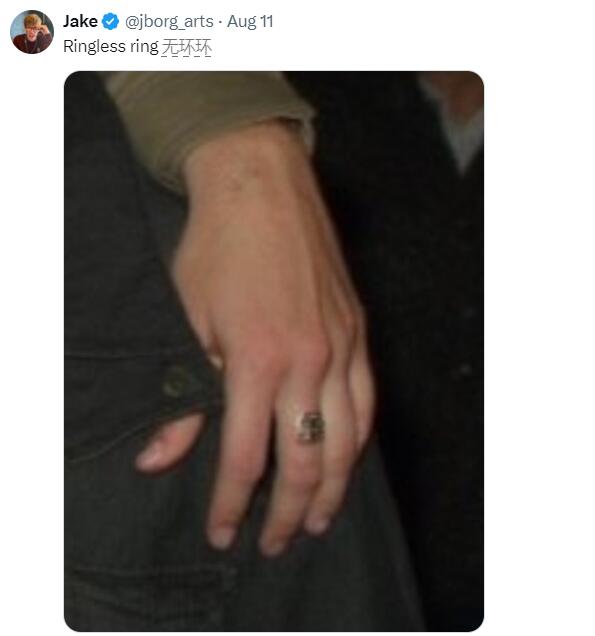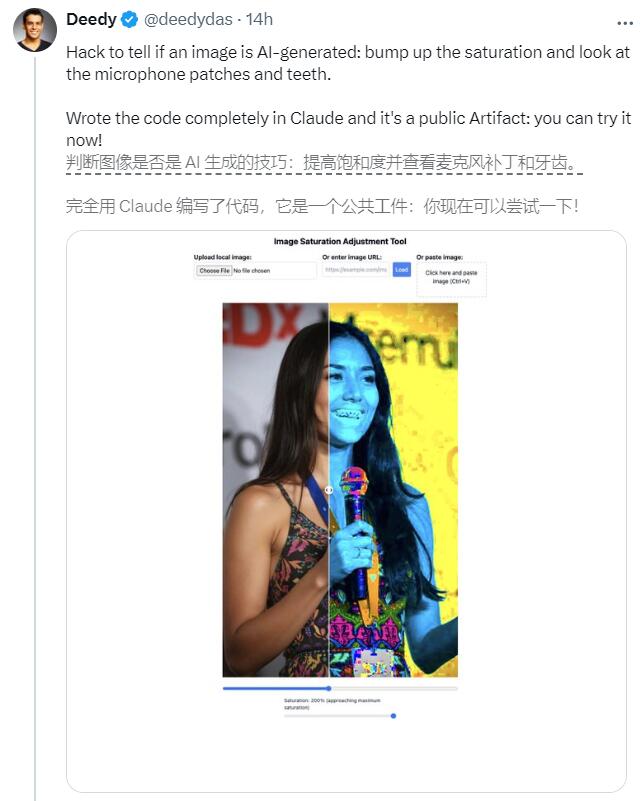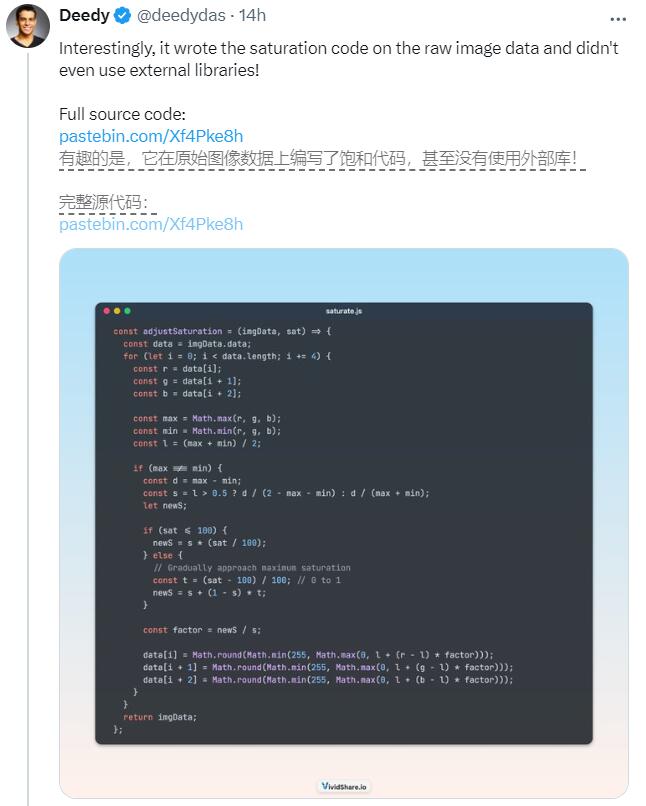The rapid advancement of artificial intelligence is revolutionizing our perception of reality and fiction. Recently, an AI-generated image tool called Flux has caused a significant stir online. The lifelike quality of the couple photos it produces is astonishing, with some tech experts even suggesting it has reached a level of eerie realism. This represents not only a major leap in technology but also a serious challenge to human visual recognition capabilities.

Twitter user fofr expressed shock at the realism of the couple photos generated by Flux, noting that details such as hand textures and lighting on faces are indistinguishable from real-life photos.

Moreover, no matter how many people are added to the photos, Flux's output remains nearly flawless. From subtle lighting and textures to detailed hair rendering, the images produced by Flux are almost indistinguishable from the real thing. Even in complex lighting or backgrounds, the naturalness and realism of the subjects remain undiminished.

However, under close scrutiny with a high-powered lens, some "clues" were discovered. For instance, some rings on the characters' hands might lack a band, and there were minor flaws in necklaces worn by the characters.
Despite these minor imperfections, Flux has become a sensation on X, with some users even creating impressive YouTube influencer videos using Flux, KeLing AI, and synclabs.
Terrifyingly realistic! Many bloggers have exclaimed that these are the most lifelike AI images they have ever seen, and the conversion to AI video is also excellent. Without the text on the badge strap revealing it, we would have difficulty distinguishing it from real images.
This has led to concerns that such realistic AI-generated images will make it increasingly difficult to detect forgeries. Fear not, as solutions have already been found.
X user Deedy offers a solution: to determine if a beautiful woman is AI-generated, simply increase the saturation and examine the details of the microphone and teeth. When the saturation is maxed out, the teeth in AI-generated images can look "ghostly."

The user also kindly provided the address of the identification tool:
https://claude.site/artifacts/6890e3d7-e65e-41ff-a7d4-3ccb38040b46
Interestingly, the tool's code was written in Claude and is publicly available, adding another layer to the concept of "using magic to defeat magic."

Full code:
https://pastebin.com/Xf4Pke8h
References:
https://x.com/AngryTomtweets/status/1822203767728591350
https://x.com/deedydas/status/1822665923775611374








